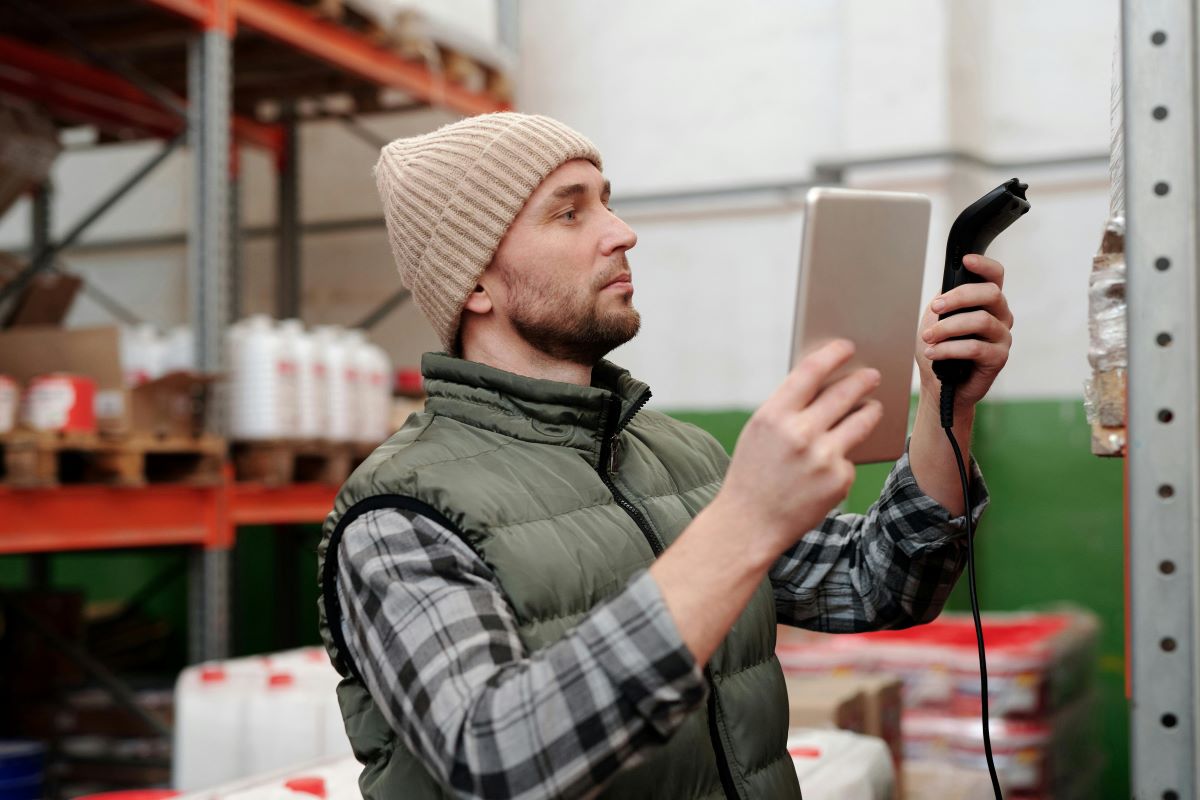
Warehouses face constant challenges with perishable goods. Products can spoil fast without the right packaging. This leads to waste and high costs. Consumer demand for fresh, safe, and long-lasting food keeps rising. Warehouses need solutions that work at scale. Packaging innovations that preserve perishable goods now play a vital role. These systems extend shelf life, improve handling, and cut losses. This article explores practical warehouse-focused packaging methods that deliver results.
Smart Materials That Extend Shelf Life
New packaging materials go beyond basic protection. Many films today are made with antimicrobial properties. As a matter of fact, these films fight bacteria growth inside packages. Nanotechnology also improves control of gases and moisture levels. This slows down ripening and keeps food fresh longer. Light-blocking films help protect products like dairy from early spoilage. Oxygen barriers reduce oxidation that makes meats turn brown. Large distribution centers now use smart materials daily and creative packing strategies. The result is reduced waste and better food quality across warehouse systems.
Active Packaging: A Built-In Defense System
Active packaging does more than seal products. It changes the environment inside the package itself. Oxygen absorbers are common in warehouse storage. CO₂ emitters prevent mold growth in bakery goods. Another key point is the use of ethylene absorbers. They help fruits ripen more slowly, reducing shrink in storage. With this, you can reduce spoilage when shipping perishable food. Also, warehouses storing produce benefit greatly from these methods. Studies show waste drops when active packaging is introduced. This makes it a clear win for both safety and cost.

Temperature-Sensitive Packaging That Monitors Itself
Perishables spoil fast when temperatures rise. Warehouses now use packaging that signals when heat exposure happens. Smart labels track temperature changes during storage. Time-temperature indicators, or TTIs, show visual alerts. They reveal if products were stored too warm or too cold. With this in mind, warehouse staff can act before goods are unsafe. Some packages use RFID tags to send real-time data. These tags link to warehouse systems for remote monitoring. This allows quick action when problems appear. Such technology improves safety and reduces spoilage across the chain.
Modified Atmosphere Packaging in Bulk Storage
Modified atmosphere packaging, or MAP, is widely used in bulk storage. It replaces air inside the package with safe gases. In contrast to traditional storage, MAP slows spoilage greatly. Common gases include nitrogen, carbon dioxide, and argon. Each gas serves a purpose. Nitrogen removes oxygen. Carbon dioxide prevents bacteria growth. Argon slows down enzymatic reactions. Warehouses use MAP for variety of foods like meats, seafood, cheese, and fresh pasta. The benefit is longer storage life without chemicals. MAP gives warehouses more control and reduces costly spoilage.
Reusable and Sustainable Packaging That Preserves Quality
Warehouses also focus on reusable systems. Durable crates and bins with ventilation help keep products fresh. These designs allow airflow, preventing hot spots that cause rot. Some reusable containers come with sensors. They track conditions like humidity and help with temperature control. Besides reducing waste, reusable options cut costs long term. They also support sustainability goals, which customers value. For warehouses, such systems mean fewer damaged goods. They also make stacking and transport easier. In short, reusable packaging preserves goods while improving efficiency.

Warehouse Integration of IoT-Enabled Packaging
Smart packaging now connects directly to warehouse systems. Sensors inside packaging monitor quality in real time. They check gas levels, moisture, and temperature shifts. As an illustration, an IoT system can alert staff if strawberries ripen too fast. The data helps warehouses rotate inventory more effectively. Products that spoil sooner can be moved out first. This reduces waste and improves freshness for customers. IoT packaging also helps plan transport better. With these insights, warehouses save money while protecting product quality.
Future Trends: What Warehouses Can Expect Next
Packaging innovations that preserve goods keep advancing. One future method uses edible coatings. These coatings keep moisture in and bacteria out. Another system is printable electronics inside packages. They allow instant scanning to show freshness levels. Nevertheless, costs remain a barrier for large-scale use. Smaller warehouses may wait until prices fall. Still, the benefits are clear. Fresh products, lower waste, and more safety are driving innovation. Warehouses should prepare for gradual adoption of these future-ready methods.

Summary: Packaging Innovations That Preserve Perishable Goods
Warehouses must deal with spoilage, waste, and rising demand for freshness. The answer lies in packaging innovations that preserve perishable goods. Smart films, active systems, MAP, and IoT packaging reduce waste. They also extend storage time and improve safety. Sustainable options cut costs and build trust. In short, smarter packaging supports smarter warehouses. Those who adapt gain a competitive edge. The future of perishable goods depends on these innovations.
Based in Vancouver, British Columbia, Canada, 18 Wheels relies on experience and integrity to make customers happy and remain on the cutting edge of shipping and logistics management.
If you have any questions about this article or you would like to talk to us about your shipping needs, please call us at (604) 439-8938.
